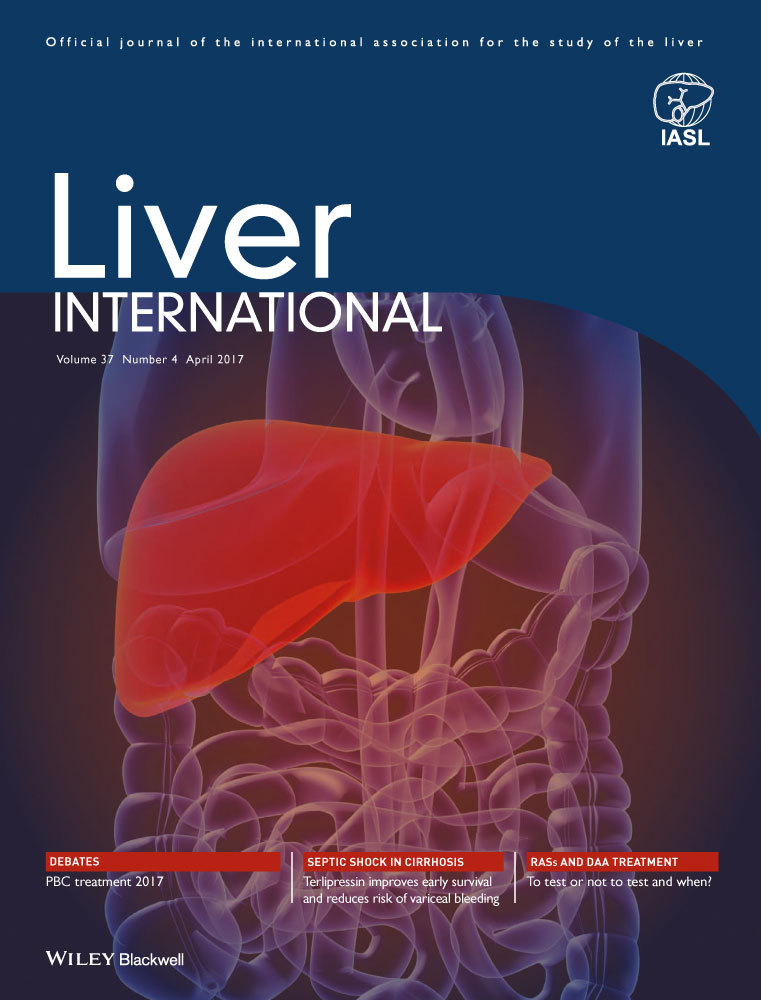Risks factors for severe pain after selective liver transarterial chemoembolization
Abstract
Background & Aims
Post-procedural pain is frequent after transarterial chemoembolization (TACE) for hepatocellular carcinoma (HCC), and is only partially prevented by treatment selectivity. Our aim was to determine the risk factors of severe pain after selective TACE for HCC.
Methods
From January 2012 to June 2014, all treatment-naïve patients undergoing a first selective TACE were included. Risk factors for severe pain, that is, the need for opioid analgesics (grade II–III), were identified by uni- and multivariate analysis. Internal validation of a logistic regression model for prediction of opioid intake was done with bootstrapping.
Results
We analysed 335 tumours (mean 47 ± 37 mm) in 159 patients (131 men), mean 63.4 years old (20–92). Twenty-seven patients (17%) requested opioids. In univariate analysis, opioid intake was associated with young age (P=.021), doxorubicin dose received (P=.031), large HCC (P=.038), absence of chronic liver disease (P<.001) and alpha-foetoprotein levels (P=.03). In multivariate analysis, opioid intake was associated with young age (OR=0.65 per 10 years increment, P=.048), absence of chronic liver disease (OR=31.7, P<.001) and a higher fraction of the doxorubicin dose (OR=1.32 per 10% increment, P=.009). The optimism-corrected area under the curve of the prediction model for opioid intake using these three factors was 0.751.
Conclusion
In patients with HCC treated with TACE, selective procedure does not always prevent from severe pain. Young patients without chronic liver disease may be more susceptible to severe pain.




